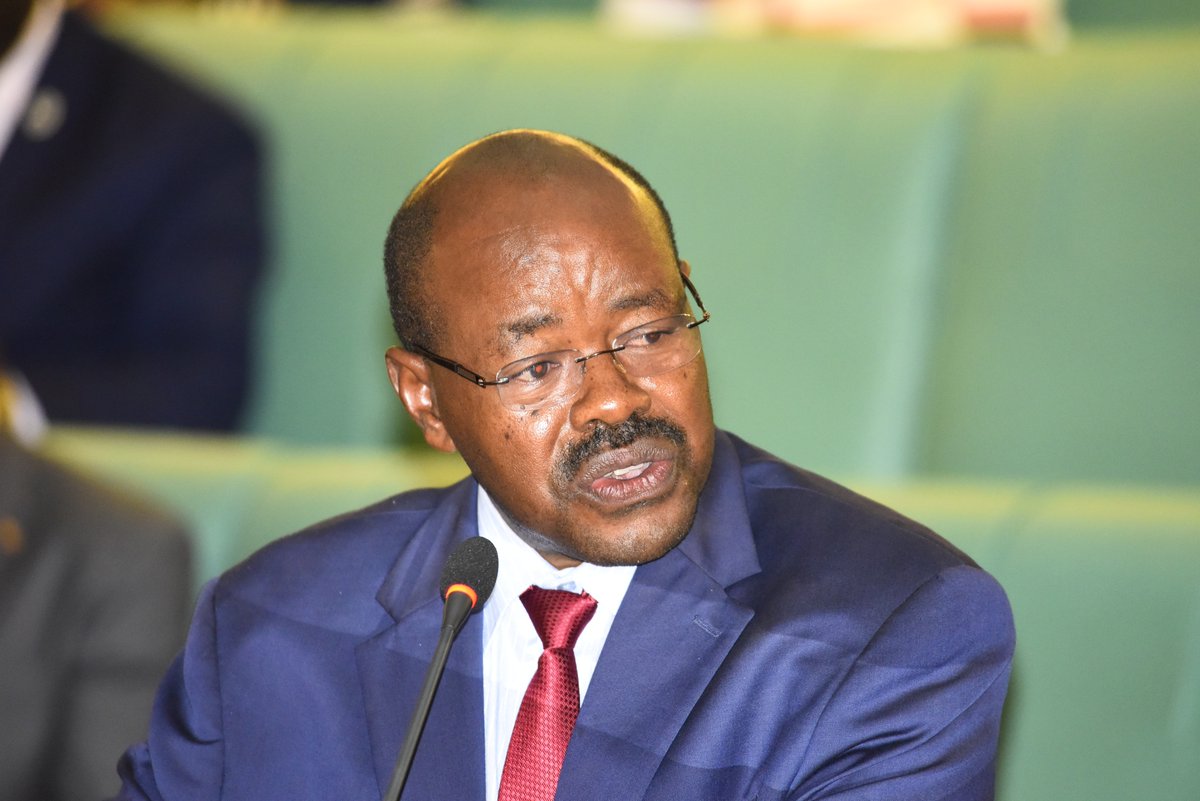
KAMPALA – The just-released report by the Parliamentary Committee on the annual budget estimates for the 2019/2020 financial year has warned that Uganda’s vulnerabilities as a result of debt is increasing.
The report that was tabled on the floor of Parliament by Amos Lugoloobi, Chairperson Budget Committee highlighted that the total public debt stock increased by 12.5 percent to USD11.52Bn approximatelyUGX43,313,985,550,483 as at end December 2018 from USD10.24Bn approximately UGX38,500,614,804,569 as at end December, 20l7 out of which domestic and external debt accounted for 33.5percent (USD 3.86 billion) and 66.5 percent (USD 7.66 billion) respectively.
Lugoloobi said: “The Committee observes that Government has continued to contract public debt in order to finance infrastructure gaps, especially in the energy and transport sectors. Although the debt sustainability analyses indicate a low risk of debt distress for Uganda, the rate at which public debt stock is accumulating points to increasing vulnerabilities to the country.”

The report further stated that the external debt stock increased by USD 0.78Bn to USD7.66Bn by end December 2018 from USD6.88Bn at end December 2017 with the increase mainly from China (25 percent) and World Bank (40 percent).
The Committee notes that, the nominal value of public debt as a percentage of
The Committee noted that the stock of undisbursed debt as at 31st December 2018 amounted to USD4.05Bn as compared to USD4.48Bn as at end December 2017 and the decrease in undisbursed stock is attributed to the improved performance of projects.
Additionally, findings indicate that the multilateral Creditors dominate the undisbursed loan stock with 61 percent, bilateral creditors are 38 percent and Commercial Banks with 1 percent of the total undisbursed stock and the bulk of undisbursed loan projects is composed of large infrastructure projects like; Kabaale International Airport, Busega-Mpigi Expressway, the Entebbe Airport and the various power grid extension projects.





